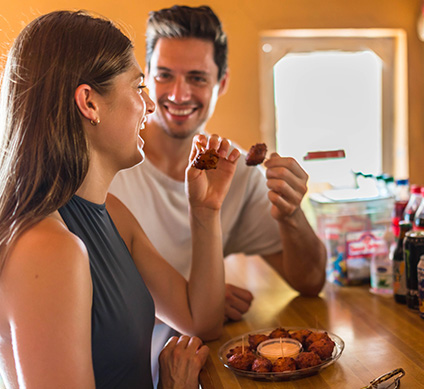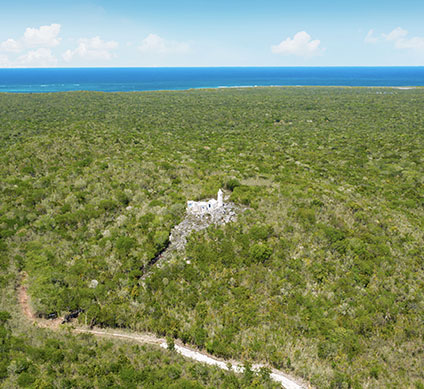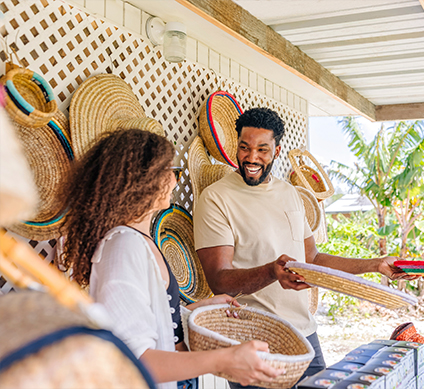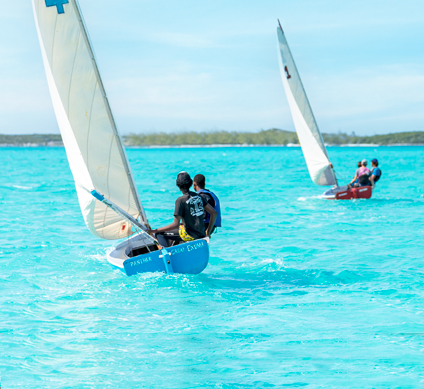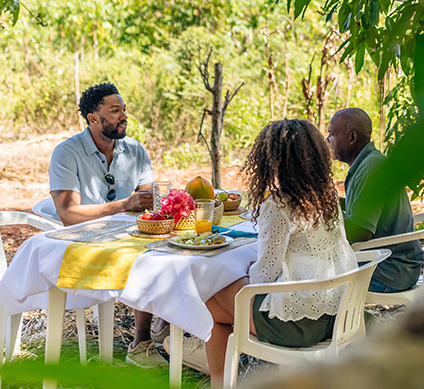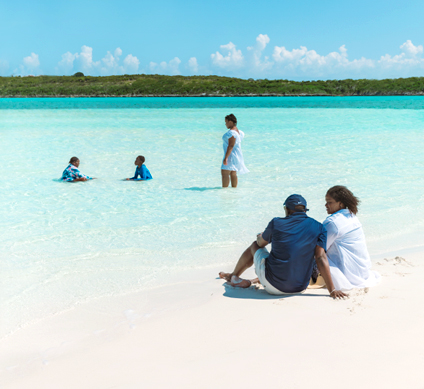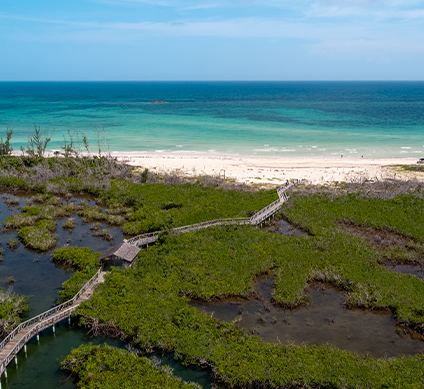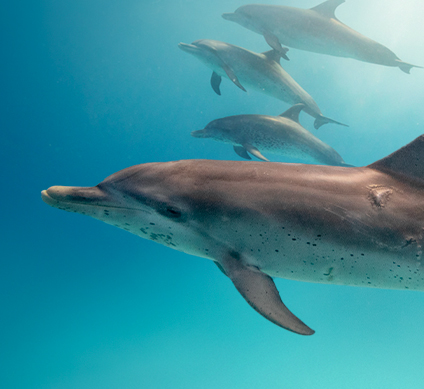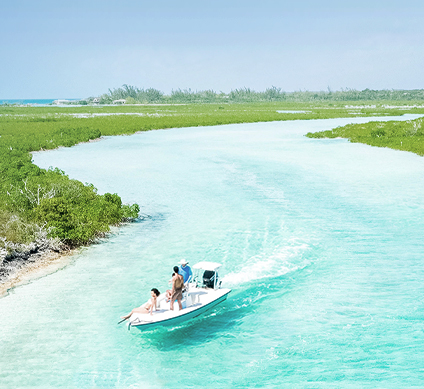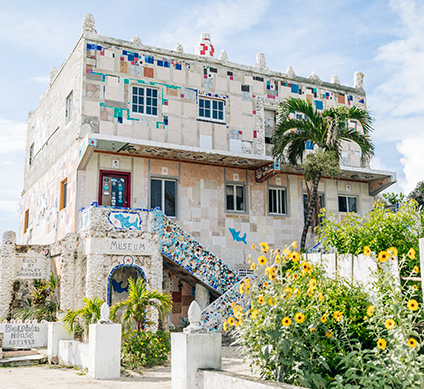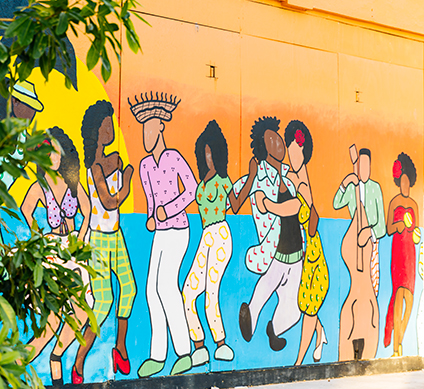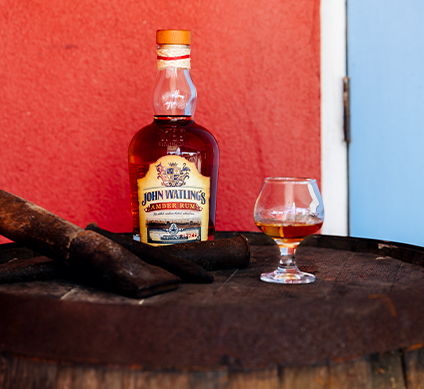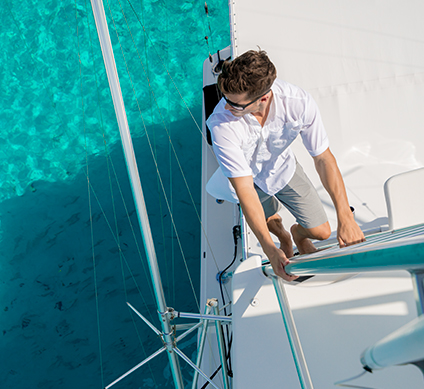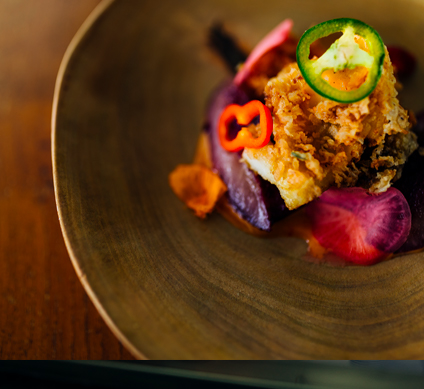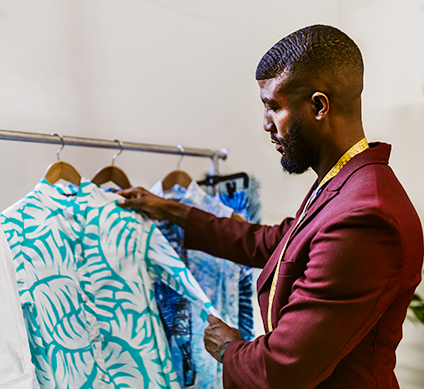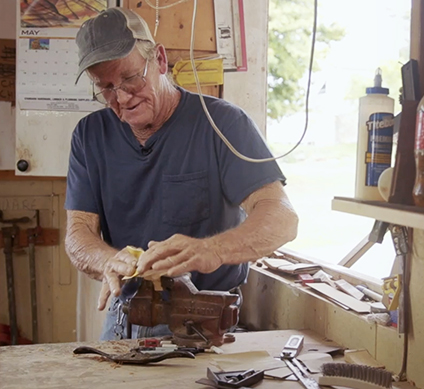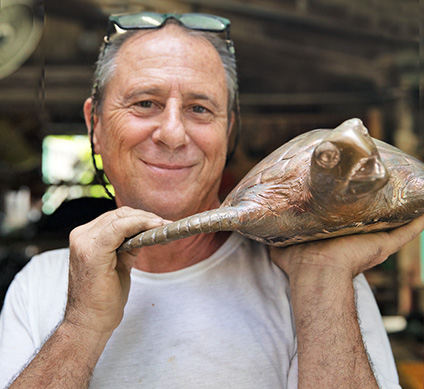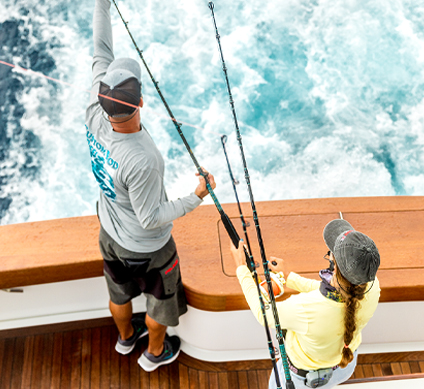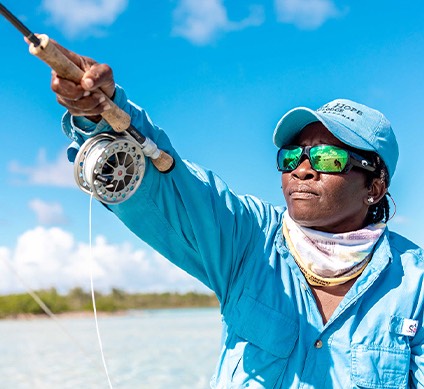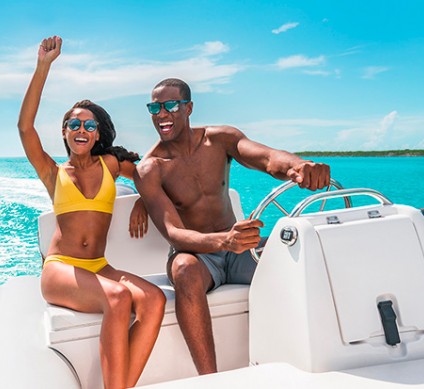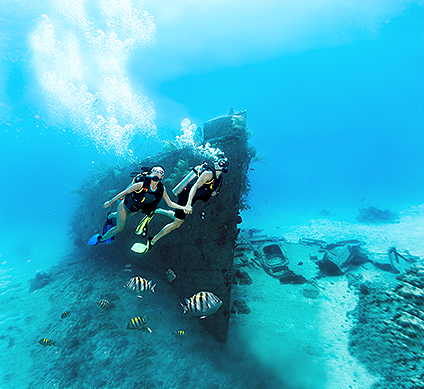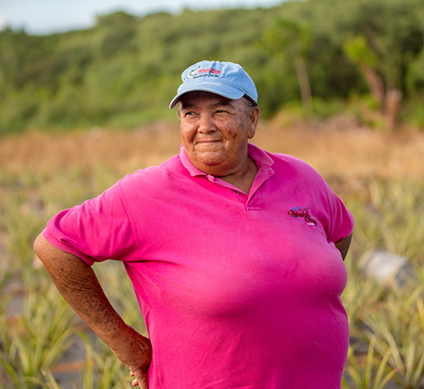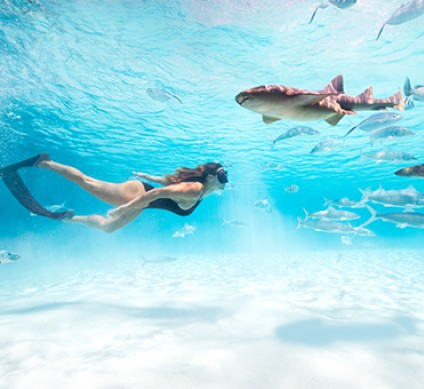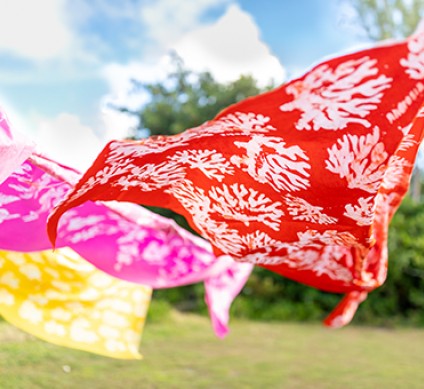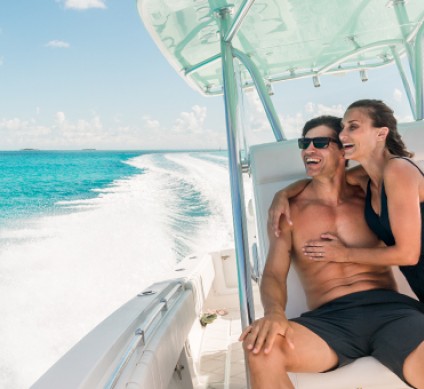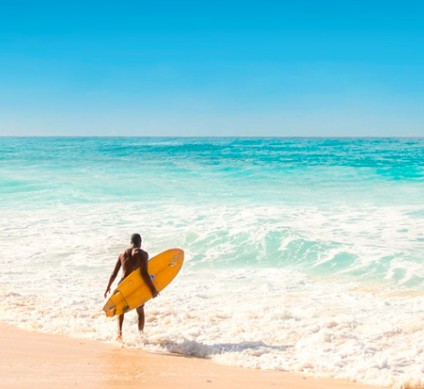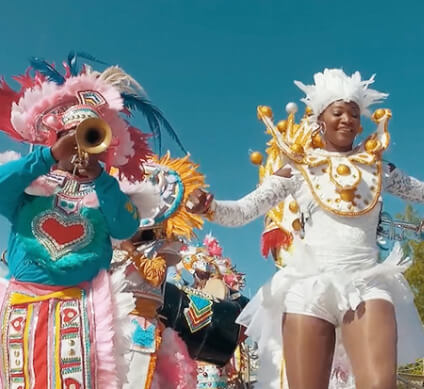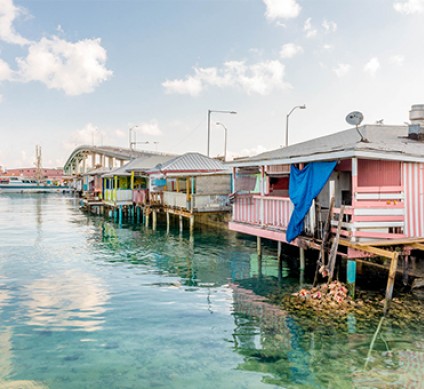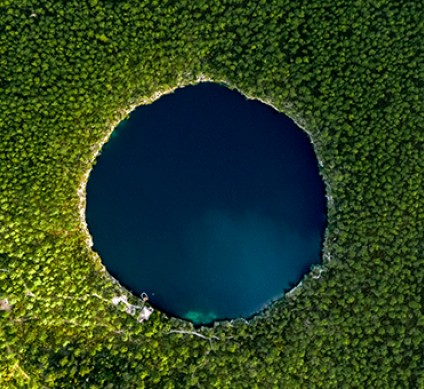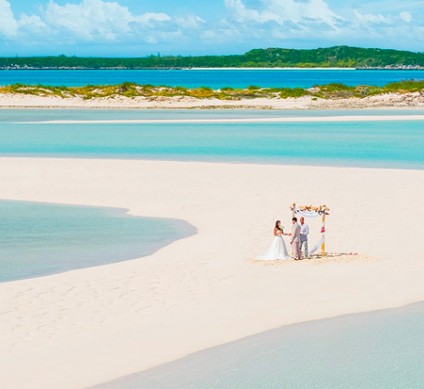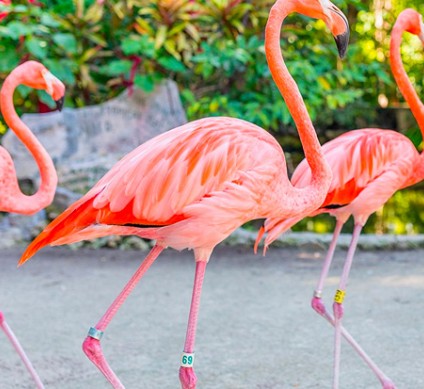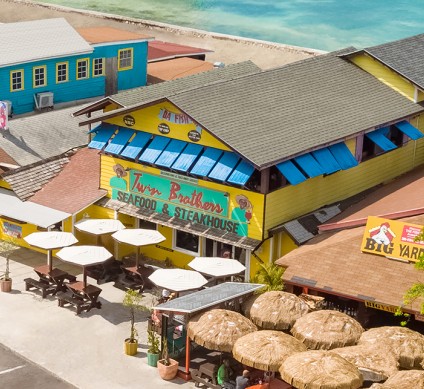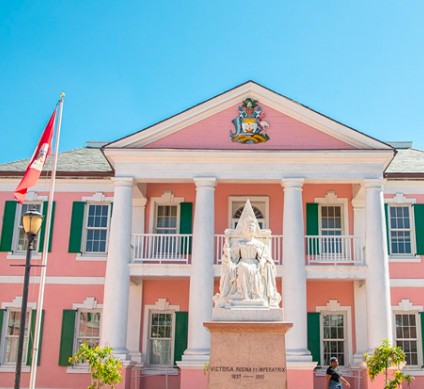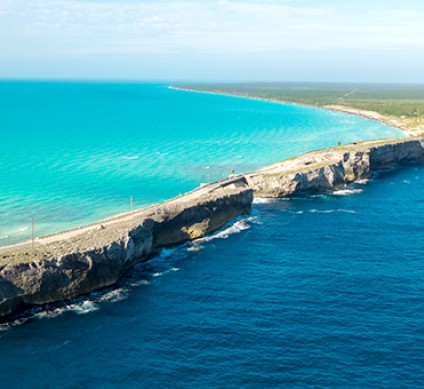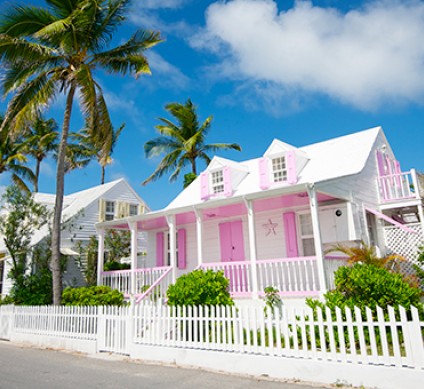



Welcome to Nassau & Paradise Island
The OriginalCaribbean Destination
Experience an island metropolis where the ease of the tropics meets the big city. Here, beautiful beaches are just the beginning. Venture beyond them and discover an island humming with history, art, nightlife, and culture.
The Lay Of The Land
Nassau & Paradise Island, often considered the gateway to The Bahamas, consist of two islands: New Providence and Paradise Island.
Island Resorts & Retreats Where to Stay
Fresh Island Flavours Drinks & Dining
Reserve a five-star chef’s table dinner, join happy hour at the Fish Fry, or grab an on-the-go, fresh-as-they-come conch salad in Potter’s Cay.
View AllNassau & Paradise Island
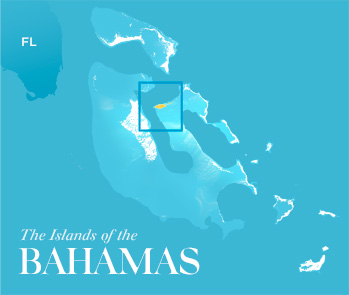
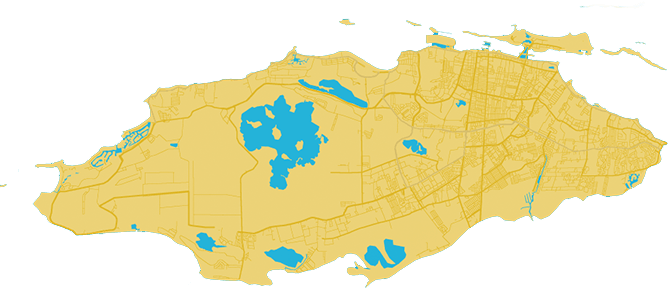

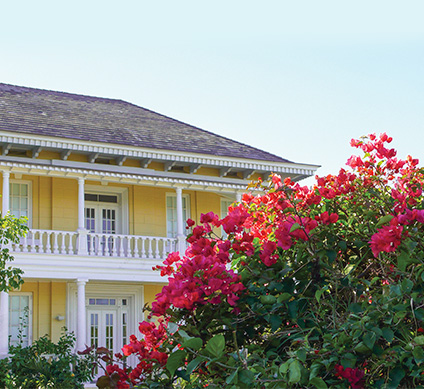
Nassau
The country’s capital city, located in New Providence island, Nassau boasts the country’s largest and busiest Ports of Entry: the Lynden Pindling International Airport and its Cruise Port.
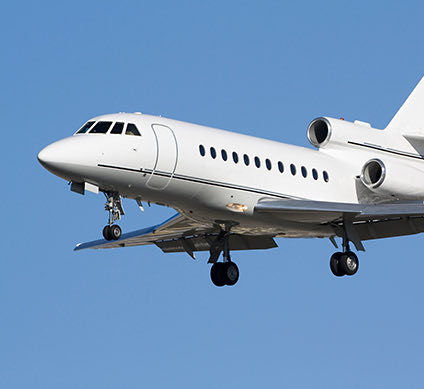
Lynden Pindling International Airport
The primary gateway to The Bahamas for international travellers, the Lynden Pindling International Airport is the largest and busiest in the country, located in New Providence island. The airport offers US Border Preclearance facilities.
Find a Flight
Paradise Island
Connected to Nassau by bridge, Paradise Island is the site of numerous hotels and some of the island’s most famous beaches.

Downtown Nassau
Explore a modern downtown full of personality, where mural-painted streets highlight modern Bahamian creativity alongside historic landmarks and world-class dining opportunities.


























